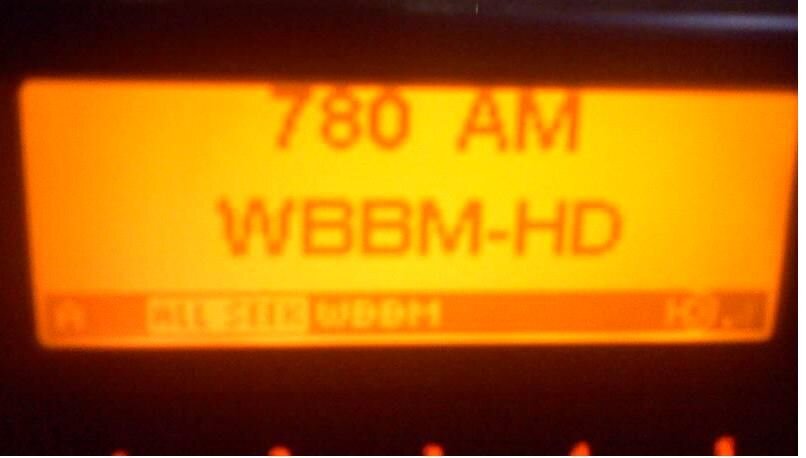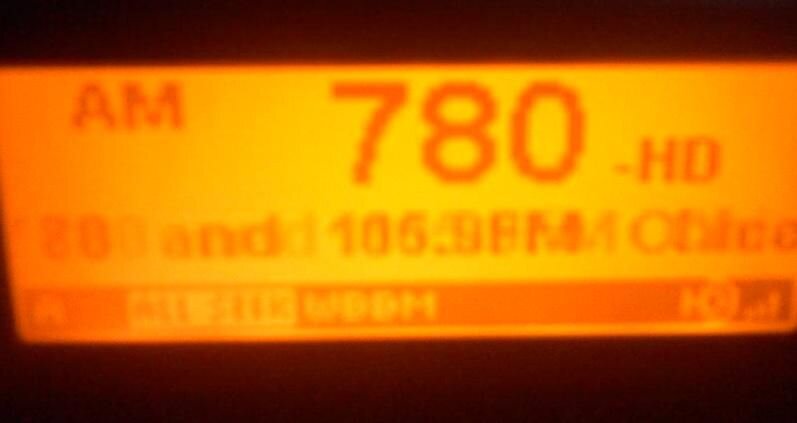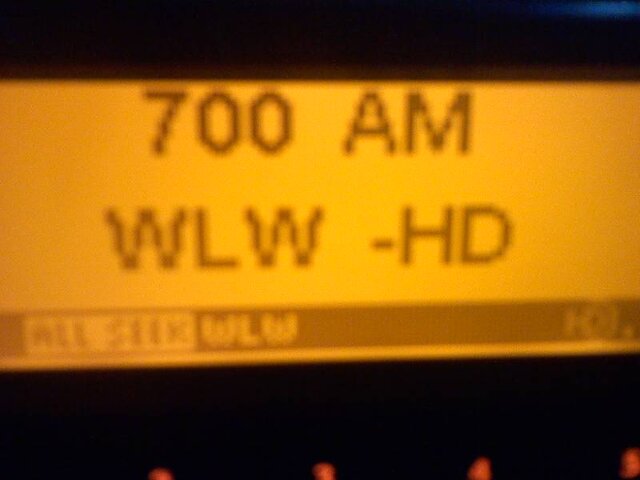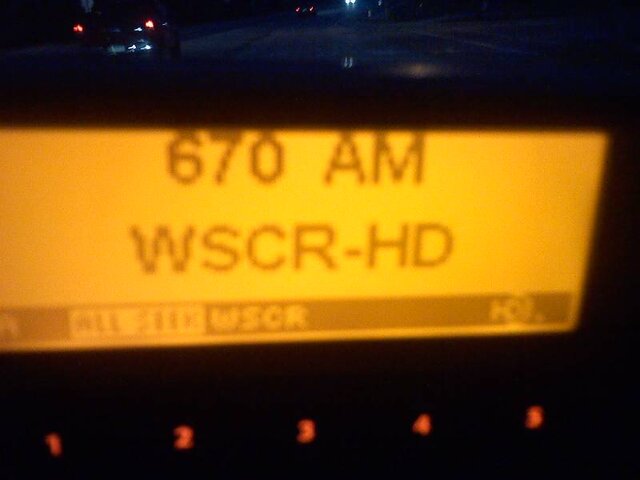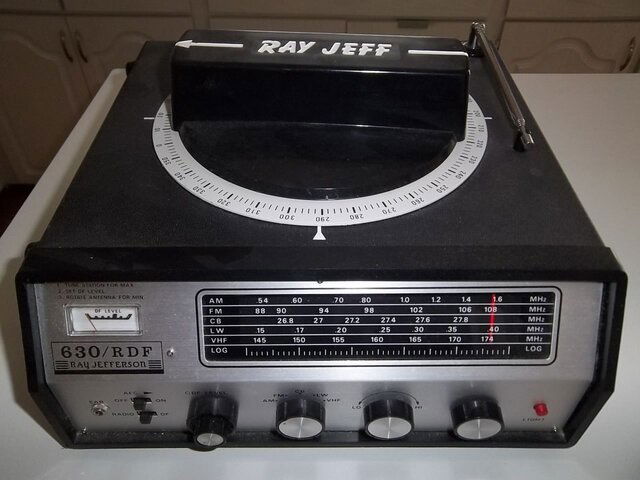Not sure if you young 'uns have tried those long-gone RDF (Radio Direction Finding) radios from the past. These radios were available from the 40's well into the 70's and were used by mariners for radiolocation using marine radio beacons that were found from 285 - 315 KHz, sending out their callsigns in slow CW. Some beacons even included AM voice broadcasts of local conditions. Using these radios with their large rotatable ferrite antennas and using radio beacons as reference points one could triangulate and navigate the high seas without getting lost.
RDF's were produced by many companies such as Pearce, Gladding, Ray Jefferson, Heath, etc. All RDF's included the radio beacon band and some other bands such as AM, VHF low (for marine VHF comms), FM, the old marine band (2 - 3 MHz), shortwave, CB etc. It all depended on the model. Older models had the beacon and marine band, but as technology progressed some included other useful bands such as VHF and even CB (CB band was added in the 70's as this was a popular band - the Coast Guard/police monitored Channel 9, the emergency channel).
These are still available for sale (Ebay is a good "museum" to see what was produced).Check the pic of this one,a good example of a "modern" model from the 1970's, solid state, includes the beacon band, CB, FM, VHF low, and of course AM. This radio is great for AM DX'ing due to the large rotatable ferrite antenna and the analog S meter which together can be used to hone in on an AM station and null out interfering stations. Also has the extendable antenna for FM and VHF.
Most of these ran on regular dry cell batteries and also had a 12 volt cable included for use of the ship's battery. On the top is a 360 degree compass for determining where the station is coming from.
Sadly most of the marine radiobeacons are gone from LF, but some are still sending out code in slow CW from Canada. Most U.S. marine beacons were decommissioned when GPS, satellite and more modern forms of radionavigation and communication evolved. Interestingly, some of the old marine beacons were outfitted with DGPS by the Coast Guard and you can hear their warbling signals and even decode them if you have a LF receiver (dongle + upconverter) or a wide band receiver. MultiPSK is a free software that will decode DGPS, but there are others besides that.
Well, pardon the long epistle, just a warm story to pass on a cold winter's day.
Sponge


